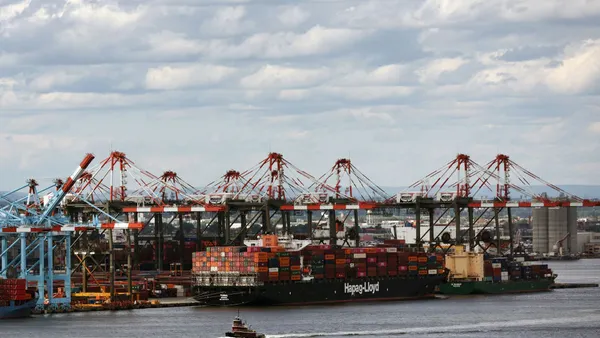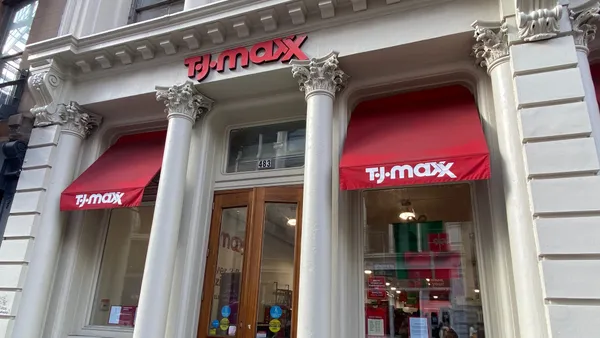Dive Brief:
- MSC announced on Thursday it will not use or explore the Northern Sea Route, a "short cut" between Europe and Asia through the Arctic circle.
- The carrier said shipping lines, including MSC, should work on reducing the environmental impact of existing routes rather than take advantage of melting Arctic sea ice and risk further damage to the ecosystem there.
- CMA CGM said in August it would not use the Northern Sea Route after French President Emmanuel Macron called on global carriers not to use it in an address at this year's G7 summit.
Dive Insight:
Some carriers in the industry, including Northern Bulk Carriers and ships operated by the Russian government, have argued using the Northern Sea Route is more environmentally beneficial than using existing Europe-Asia routes, such as the Suez Canal, because it allows ships to cut down their transit time. However, MSC, CMA CGM, Maersk and Hapag-Lloyd have argued using the route is not worth the risk of damaging vulnerable Arctic ecosystems.
As part of its overall sustainability goals, MSC recently retrofitted 250 ships in its fleet with new energy efficiency and pollution reduction technologies which it estimates will cut 2 million tons of carbon emissions per year going forward. In addition, MSC is exploring more efficient propulsion designs, hull friction reduction and biofuels to further reduce the environmental impact of its fleet.
According to a press release, these improvements have reduced CO2 emissions by 13% from 2015 to 2018 per transport work, or the emissions normally generated from moving one ton of cargo one mile.
Likewise, the ocean shipping industry has been moving toward increased operational sustainability. Maersk has committed to achieving net zero carbon emissions by 2050 and called on the industry to develop carbon neutral vessels by 2030.
IMO 2020 regulations mandating the switch to low-sulfur fuels have also prompted sustainability-related changes across the industry. Carriers are retrofitting existing ships with scrubbers and acquiring new ones that consume IMO-compliant low-sulfur fuel. According to a recent Drewry report, the switch could cost carriers $11 billion. CMA CGM has plans to add 20 liquefied natural gas (LNG) powered ships to its fleet by 2022.
As the industry transitions, pricing uncertainty in the low-sulfur fuel market and slowly scaling technologies for ocean tankers is proving a challenge.
"The great challenge which remains for container shipping this century is how to decarbonise and meet the UN IMO’s future emissions goals beyond 2030," Bud Darr, executive vice president of maritime policy and government affairs at MSC Group, said in a statement. "[Which] will not be achievable without some major breakthroughs in fuel and propulsion technologies."














